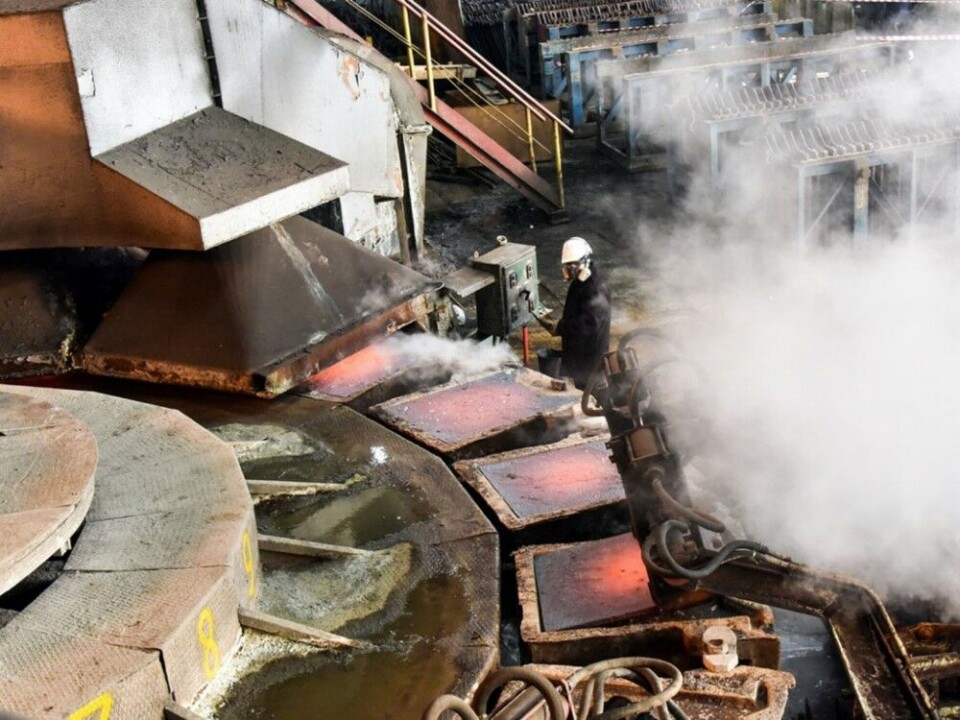
Old copper plant closed for good
The last bottling of copper anodes at the smelter in Monchegorsk on the Kola Peninsula was made on March 1.
The closure of the furnaces and converters reduce sulfur dioxide emissions down to less than 30,000 tons per year, Nornickel said in a statement as the electricity was shut off on Monday.
With an annual production of 3 million tons of anode copper and about 2,5 million tons of cathode copper, the plant in Monchegorsk was one of the largest copper smelters in the world. Started in 1979, little attention was paid to environmental damages.
In periods, the sulfur-smelling smog from the plant has covered kilometers after kilometers of the taiga forest south and west of the factory. Today, most of the forest and ecosystems in that area is dead.
According to Nornickel, the decission to shut-down the copper smelter was taken as part of the company’s long-term green strategy. The ineffective technology at the plant did not meet the markets environmental requirements.
The move follows the same path as the closure of the old nickel smelter last December in the town named after the metal it produced, Nikel.
Second step in the shutdown follows in April, when the electrolysis workshop will be stopped. In the weeks before closure, this department will produce the accumulated copper anode and cathode.
Then, the cleaning of the production facilities starts. All concentrate processed at the metallurgical plant will be sent to Norilsk for production of pure copper. As previously reported by the Barents Observer, a dedicated concentrate shipment unit is built in Monchegorsk for the products to be shipped to Nornickel’s factory on the Siberian tundra.
In Monchegorsk, dismantling of the old copper plant will start in 2022. After demolishing, the territory will be reclaimed in accordance with environmental standards.
A new state-of-the-art technology copper plant will be built in Monchegorsk later. Meanwhile, production will take place in Norilsk.
According to a NASA satellite study, Norilsk tops the world’s list of worst sulfur dioxide polluters with an estimated amount of 1,9 million tons from the chimneys in 2018.

Nornickel says emissions in Monchegorsk will come down to less than 30,000 tons of sulfur dioxide per year, but the company does not reveal how big emissions were before the March 1 closure of the plant.
The huge nickel smelter will continue to operate in Monchegorsk.

















